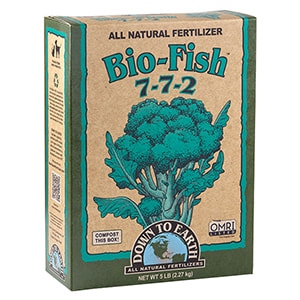Brussels SproutsBrussels Sprouts are a fascinating vegetable in the brassica family along with cabbage, broccoli, cauliflower, and kale. The enlarged flower buds form along an elongated stem and are harvested before they open up. The plants take a long time to mature, which happens in the shortening days of fall, but the results are well worth it.
Site selection
Brussels sprouts prefer very fertile soil with lots of organic matter and plenty of irrigation. They prefer soil with a pH of 6.0 or greater, which can be achieved by adding lime in acidic regions such as Western Oregon. Brussels sprouts are heavy feeders, so adding a good amount of compost and a quality organic fertilizer will help you achieve greater results. Planting
Brussels sprouts begin forming buds as the days become shorter in fall. They require 4 months of growth to be established enough for optimal yields.
Planting dates in Western Oregon May through July Direct seeding Sow seeds in late spring or early summer by planting three or four seeds 1/4" deep every 18" in the row. When seedlings emerge thin to one plant per planting spot. Transplants Start seeds in trays in early May by planting two or three seeds per cell in seedling trays. Thin to one plant per cell after seedlings emerge. Plant into the garden when plants are big enough to handle, roughly 5 to 6 weeks after seeding. Harvesting
Brussels sprouts can be harvested as needed, or they can be harvested as a whole stalk. If you desire to harvest them as needed, harvest the largest buds from the bottom first and work your way up the stalk. If you would like to harvest the whole stalk, pinch the top of the plant when the flower buds are forming. The stalk will produce uniform buds all the way up the stalk within a few weeks after pinching the top. Brussels are best when harvested after the temperature has dropped to near freezing. |
Recommended varieties
Click on each variety to learn more Recommended fertilizer
|



